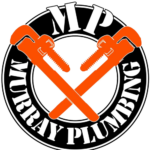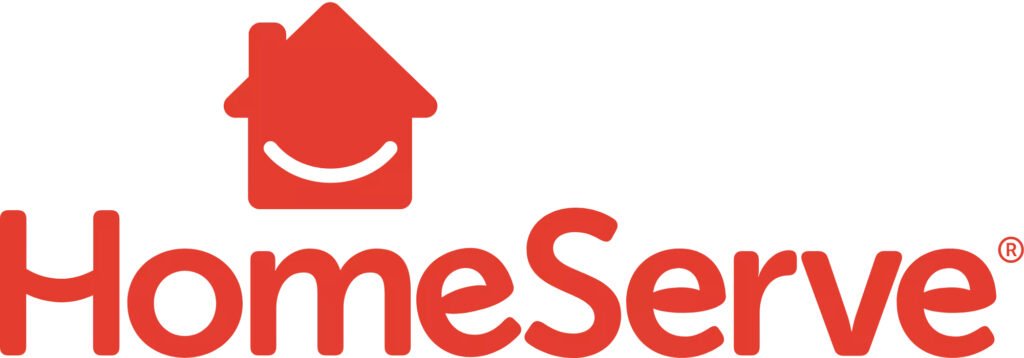A leaky pipe can lead to water damage, increased water bills, and potential mold growth in your home. While replacing the pipe might seem like the only option, there are several ways to repair a leaky pipe without fully replacing it. In this guide, we will discuss how to fix a leaky pipe using temporary and long-term solutions and how Murray Plumbing Inc. can help you with the repair.
Common Causes of Pipe Leaks
Before we explore how to fix a leaky pipe, it’s important to understand why pipes leak. Common causes of pipe leaks include:
1. Corrosion
Over time, pipes can corrode, especially if they are made of metal. Corrosion weakens the pipe, making it more prone to leaks.
2. High Water Pressure
Excessive water pressure can stress pipes, causing them to crack or rupture. This can lead to leaks, especially in older pipes.
3. Loose Joints
Pipes connected by joints can become loose over time, causing gaps that allow water to leak out.
4. Clogs
A buildup of debris or mineral deposits can cause water to back up, leading to pressure on the pipes and, eventually, leaks.
5. Temperature Changes
Rapid changes in temperature, such as freezing and thawing, can cause pipes to expand and contract, leading to cracks and leaks.
How to Fix a Leaky Pipe Without Replacing It
If you have a leaky pipe, there are several methods you can try to fix the issue without replacing the pipe completely. Here are some practical solutions:
1. Use Pipe Repair Tape
Pipe repair tape is a quick and easy solution for small leaks. This tape is designed to wrap around a leaking section of the pipe, sealing the crack and preventing further water loss. Here’s how to use it:
- Turn off the water supply.
- Clean the area around the leak.
- Wrap the tape tightly around the leak, making sure it covers the entire damaged area.
- Turn the water supply back on and check for any further leaks.
This method works well for temporary repairs but is not a permanent solution. It is best for small leaks or as a stopgap until a professional repair can be made.
2. Use Epoxy Putty
Epoxy putty is another effective temporary solution for fixing a leaky pipe. This putty hardens to form a waterproof seal over the leak. To use epoxy putty:
- Turn off the water supply.
- Clean and dry the pipe around the leak.
- Mix the epoxy putty according to the instructions.
- Apply the putty to the leak and press it firmly into place.
- Let it cure for the recommended time, then turn the water back on.
Epoxy putty can provide a stronger seal than tape and works well for leaks on joints or small cracks.
3. Rubber Patch and Hose Clamps
For a more secure temporary fix, you can use a rubber patch and hose clamps. This method is effective for larger leaks. Here’s how to do it:
- Turn off the water supply.
- Cut a piece of rubber (from a hose or similar material) large enough to cover the leak.
- Place the rubber over the leak and secure it with hose clamps on either side of the leak.
- Tighten the clamps securely to hold the rubber in place.
This method can stop the leak temporarily, but you’ll need to monitor the repair until a permanent solution is made.
4. Pipe Sleeves
A pipe sleeve is a larger, more durable option than tape or rubber patches. It covers a significant portion of the pipe and is secured with screws or adhesive. Here’s how to use it:
- Turn off the water supply.
- Measure the length of the leak and purchase a pipe sleeve of the appropriate size.
- Slide the sleeve over the leaking section of the pipe.
- Secure it with screws or adhesive, depending on the type of sleeve.
Pipe sleeves provide a more durable fix but still do not address the underlying cause of the leak. It is essential to follow up with a permanent repair.
5. Plumber’s Tape and Silicone Sealant
For a more permanent solution, you can combine plumber’s tape and silicone sealant. The tape will help secure the sealant, and the sealant will provide a waterproof barrier. To use this method:
- Turn off the water supply.
- Clean the pipe thoroughly.
- Apply plumber’s tape around the leaky area.
- Cover the tape with a layer of silicone sealant.
- Let the sealant cure for several hours before turning the water back on.
This method can last longer than tape alone but still requires professional help for a permanent solution.
How Murray Plumbing Inc. Can Help
While the methods above can help temporarily fix a leaky pipe, they do not address the root cause of the problem. It is important to have a professional plumber inspect the pipe and provide a lasting solution. Here’s how Murray Plumbing Inc. can help:
1. Leak Detection
Our expert plumbers use advanced tools, including infrared cameras and moisture detectors, to identify the source of the leak. This ensures that we find the exact location of the problem, even if the leak is hidden behind walls or under floors.
2. Pipe Repair and Replacement
If your pipe is beyond repair, our plumbers can replace it with a new one. We use high-quality materials and follow industry standards to ensure a long-lasting, durable repair. Whether it’s a small section of pipe or an entire system, we can replace it efficiently.
3. Water Pressure Regulation
If your pipe leak is caused by high water pressure, we can install a pressure regulator to protect your pipes from future damage. This will reduce the risk of leaks and prevent other plumbing issues caused by excess pressure.
4. Corrosion Prevention
If corrosion is the cause of your pipe leak, we can replace the affected pipes and install corrosion-resistant materials. We also offer regular maintenance services to prevent corrosion and extend the life of your plumbing system.
5. Sewer Line Inspection
If the leak is in your sewer line, we can perform a sewer line inspection to determine the extent of the damage. Using high-tech cameras, we can inspect your sewer line and recommend the best solution, whether it’s a simple repair or a full replacement.
6. Long-Term Solutions
At Murray Plumbing Inc., we believe in providing long-term solutions that address the root cause of your plumbing problems. After repairing your leaky pipe, we will ensure that your entire plumbing system is functioning correctly to prevent future leaks.
How to Prevent Future Pipe Leaks
Preventing future pipe leaks involves regular maintenance and some proactive measures. Here are some tips to help you avoid leaks in the future:
1. Inspect Pipes Regularly
Check your pipes for signs of damage, such as corrosion, cracks, or loose fittings. Early detection can help you avoid major repairs.
2. Maintain Proper Water Pressure
Ensure your water pressure is within the recommended range (40-60 psi). Excessive water pressure can stress your pipes and lead to leaks.
3. Protect Pipes from Freezing
During the winter, insulate pipes in areas prone to freezing. Frozen pipes can crack and leak when thawed.
4. Schedule Regular Plumbing Inspections
Regular inspections by a professional plumber can identify potential issues before they become serious problems. This can help prevent leaks and costly repairs in the future.
Conclusion
Fixing a leaky pipe without replacing it is possible with temporary methods like pipe repair tape, epoxy putty, or rubber patches. However, these solutions are not permanent and may require professional attention for a lasting fix. Murray Plumbing Inc. can help you detect leaks, repair or replace damaged pipes, and prevent future issues. If you have a leaky pipe, contact Murray Plumbing Inc. today for fast, reliable plumbing services.



